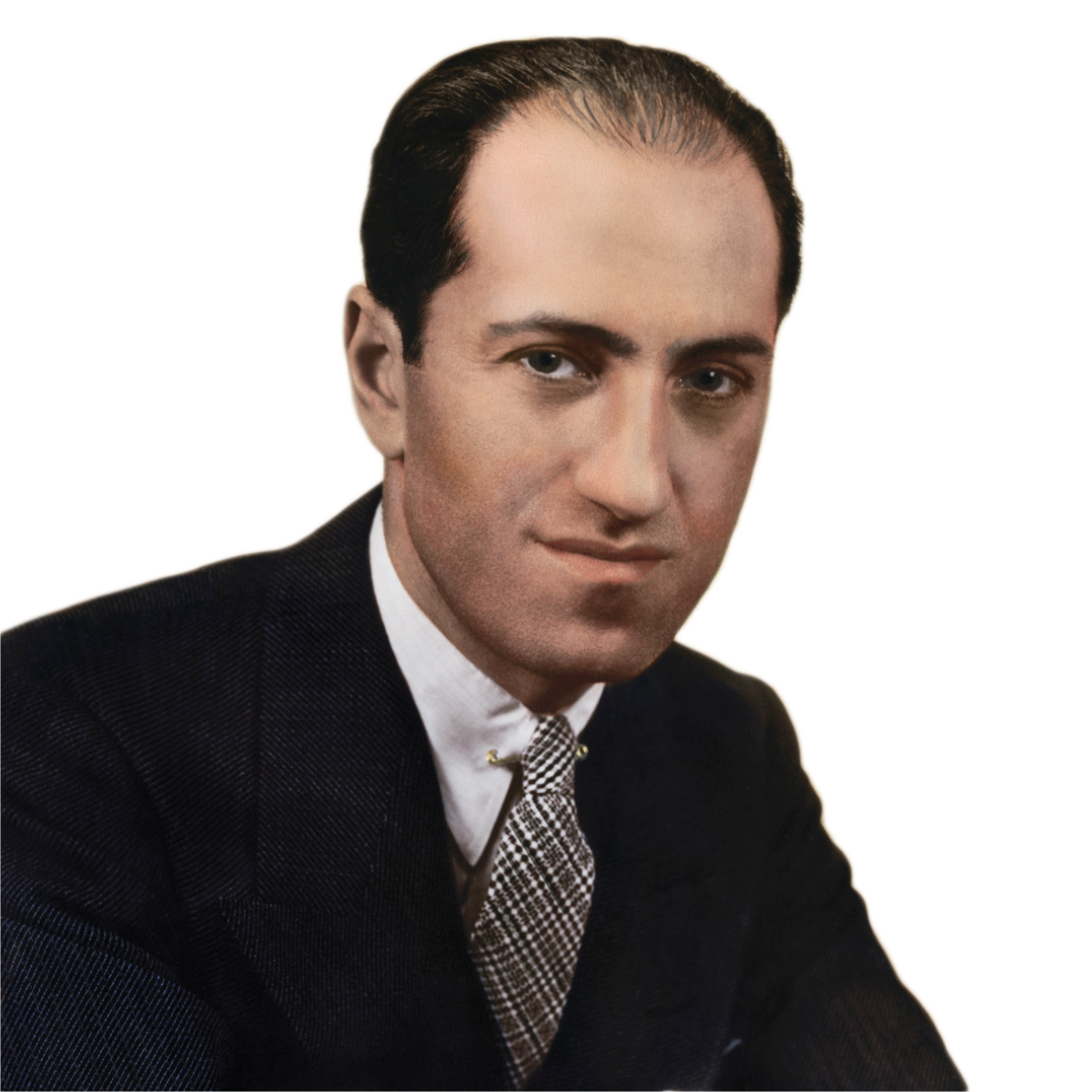
|
Concerto in F major for Piano and Orchestra |
Composed: 1925 Estimated length: |
|
Born on September 26, 1898, in Brooklyn, New York; Died on July 11, 1937, in Hollywood, California. |
|
|
First performance: December 3, 1925, with the composer as the soloist and Walter Damrosch conducting the New York Symphony Orchestra. |
|
|
First Nashville Symphony performance: January 13, 1975, with Vincent deFrank conducting at War Memorial Auditorium. |
|
As special homage is paid this season to Rhapsody in Blue, the centenary of which was celebrated in February, George Gershwin’s achievement in bridging musical worlds remains as inspiring as it did to those who first experienced it a century ago. His impoverished upbringing in New York’s Lower East Side in the early years of the 20th century sharpened Gershwin’s sensitivity to the many stories of immigrants like that of his own family. Of Ukrainian- and Lithuanian- Jewish heritage, his parents fled the increasingly anti-Semitic conditions of the Russian Empire.
This background paved the way for the polyglot musical language Gershwin later developed as he moved effortlessly among different idioms. As a teenager, he became firmly grounded in the “real” world of commercial entertainment and launched his career crafting popular songs for music publishers who congregated along W. 28th Street between Fifth and Sixth Avenues (the so-called “Tin Pan Alley”).
The phenomenal success of Rhapsody in Blue at its premiere in 1924 proved that Gershwin’s genius could not be confined to the standard format of the popular song. Only a day after attending the famous Carnegie Hall concert in which Rhapsody was first heard, Walter Damrosch—conductor of the New York Symphony, soon to merge into the New York Philharmonic—commissioned Gershwin to write a full-fledged piano concerto. But the stakes were now considerably higher for the composer, since he would be inviting direct comparison with works from the European classical tradition.
There were plenty of technical issues to confront as well. Gershwin had given his two-piano score of Rhapsody to Ferde Grofé to orchestrate in several versions, but he was determined to remain completely self-reliant for the new Concerto and orchestrated it himself. The result is a remarkably fluent, inventive, and vital debut in a new genre for the composer—a feat he would repeat the following decade with his first large-scale opera, Porgy and Bess.
WHAT TO LISTEN FOR
Gershwin opens with a wink to Broadway, while the rhythm of the Charleston—“representing the young enthusiastic spirit of American life,” said the composer—emerges as a primary motivating force. When the piano enters, it spells out a dreamy melody that hints at the blues poetry to come in the slow second movement. These two ideas, the melody and the dance, are engagingly varied and recombined throughout the movement.
A solo trumpet evokes what Gershwin characterized as the “nocturnal tone” of the Adagio. The principles of contrast heard in the first two movements are sped up in the finale, which brings back ideas from both, interspersing them with a rapid-fire rondo theme. An “orgy of rhythm,” as Gershwin put it, this last movement returns to the Bright Lights showiness that opened the Concerto and ends with a series of delirious orchestral trills.
In addition to solo piano, scored for 2 flutes (2nd doubling piccolo), 2 oboes (2nd doubling English horn), 2 clarinets, bass clarinet, 2 bassoons (2nd doubling contrabassoon), 4 horns, 3 trumpets, 3 trombones, tuba, timpani, percussion, and strings
− Thomas May is the Nashville Symphony's program annotator.